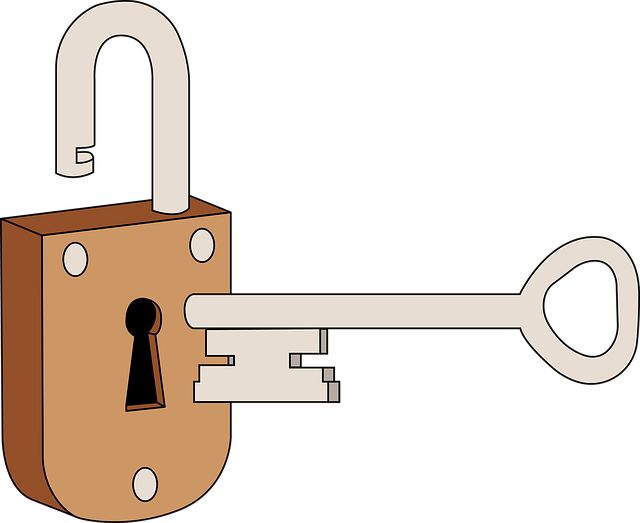Seniors require specialized home security solutions addressing their unique challenges, such as mobility issues, reduced senses, and health concerns. Integrating medical alert systems with wireless sensors, video doorbells, and motion-activated lighting creates an accessible, senior-friendly environment. These innovations offer rapid emergency response, enhancing safety and independence for older adults in their homes while providing peace of mind for loved ones.
In today’s digital era, ensuring the safety and well-being of seniors at home is paramount. Integrating medical alert systems with home security offers a comprehensive solution for unique security needs. This article explores how to merge advanced technology with ease of use to create senior-friendly environments. From easy-to-use home security features like video doorbells and motion-activated lights to robust wireless security measures, we delve into the benefits and best practices for implementing these innovative systems, enhancing safety for our elderly population.
- Understanding the Unique Security Needs of Seniors
- Integrating Medical Alert Systems with Home Security
- Key Components of Senior-Friendly Security Systems
- Benefits and Best Practices for Implementing Wireless Security Measures
Understanding the Unique Security Needs of Seniors

Seniors have distinct security needs compared to younger individuals. Their vulnerabilities may include mobility issues, reduced vision or hearing, and potential health conditions that necessitate immediate medical attention. Incorporating medical alert integration into home security systems is crucial for addressing these unique requirements. These senior-friendly security solutions go beyond basic protection; they ensure rapid response in emergencies, offering peace of mind for both the elderly and their loved ones.
Easy-to-use home security systems, equipped with features like wireless sensors, video doorbells, and motion-activated lights, cater specifically to seniors’ needs. For instance, video doorbells provide visual identification of visitors even if audio is a challenge due to hearing loss. Motion-activated lights not only deter potential intruders but also assist seniors navigating their homes at night without straining their bodies. Such innovations in home security for seniors demonstrate a commitment to enhancing their safety and independence in the comfort of their own homes.
Integrating Medical Alert Systems with Home Security

Integrating Medical Alert Systems with Home Security offers a comprehensive solution for senior citizens, combining safety and peace of mind. By seamlessly integrating medical alert devices with home security systems, seniors can enjoy an easy-to-use setup that includes features like wireless sensors, video doorbells, and motion-activated lights tailored to their needs. These innovations ensure quick response times in emergencies, allowing immediate assistance to be dispatched directly to the senior’s location.
This integration goes beyond basic security; it provides a senior-friendly environment where medical alert systems act as a lifeline. For instance, a video doorbell with two-way audio lets seniors communicate with visitors, while motion-activated lighting enhances visibility during nighttime walks. Such innovations make home security more accessible and user-friendly for the elderly, fostering an independent living experience while prioritizing their safety.
Key Components of Senior-Friendly Security Systems

Senior-friendly security systems are designed to cater to the unique needs and abilities of older adults, ensuring their safety and peace of mind at home. Key components include easy-to-use interfaces with large, clear displays and simple controls, often featuring voice prompts or pre-programmed buttons for quick access to emergency services. These systems often incorporate medical alert integration, allowing seniors to call for help instantly if they experience a fall or other medical emergency.
Wireless security solutions, such as video doorbells and motion-activated lights, offer convenience and enhanced visibility without the clutter of wires. Senior-friendly features like automatic lighting adjustments based on ambient conditions and remote access via mobile apps let family members keep an eye on their loved ones from afar. By combining these technologies with medical alert systems, seniors can live independently while ensuring that help is readily available when needed.
Benefits and Best Practices for Implementing Wireless Security Measures

Implementing wireless security measures offers a range of benefits for seniors seeking enhanced home security. These systems are designed with simplicity and ease-of-use in mind, ensuring that vulnerable individuals can confidently monitor their surroundings without complexity. Senior-friendly security systems often incorporate features like easy-to-read displays, clear audio communication, and large buttons, making them accessible to those with age-related visual or motor impairments.
Best practices for integration include selecting systems equipped with medical alert functionality, such as video doorbells that can detect unusual activity or notify caregivers of potential emergencies. Motion-activated lights triggered by movement sensors can deter intruders while also aiding seniors in navigating their homes safely at night. Regular testing and maintenance are crucial to guarantee optimal performance, ensuring peace of mind for both the senior and their loved ones.
Integrating medical alert systems with home security offers a comprehensive solution for the unique needs of seniors. By combining these technologies, we can create senior-friendly security systems that promote independence while ensuring prompt assistance in case of emergencies. Easy-to-use home security features like video doorbells and motion-activated lights, along with wireless security measures, make homes safer without compromising accessibility. Adopting these innovations can significantly enhance the quality of life for the elderly, providing peace of mind for both them and their loved ones.
